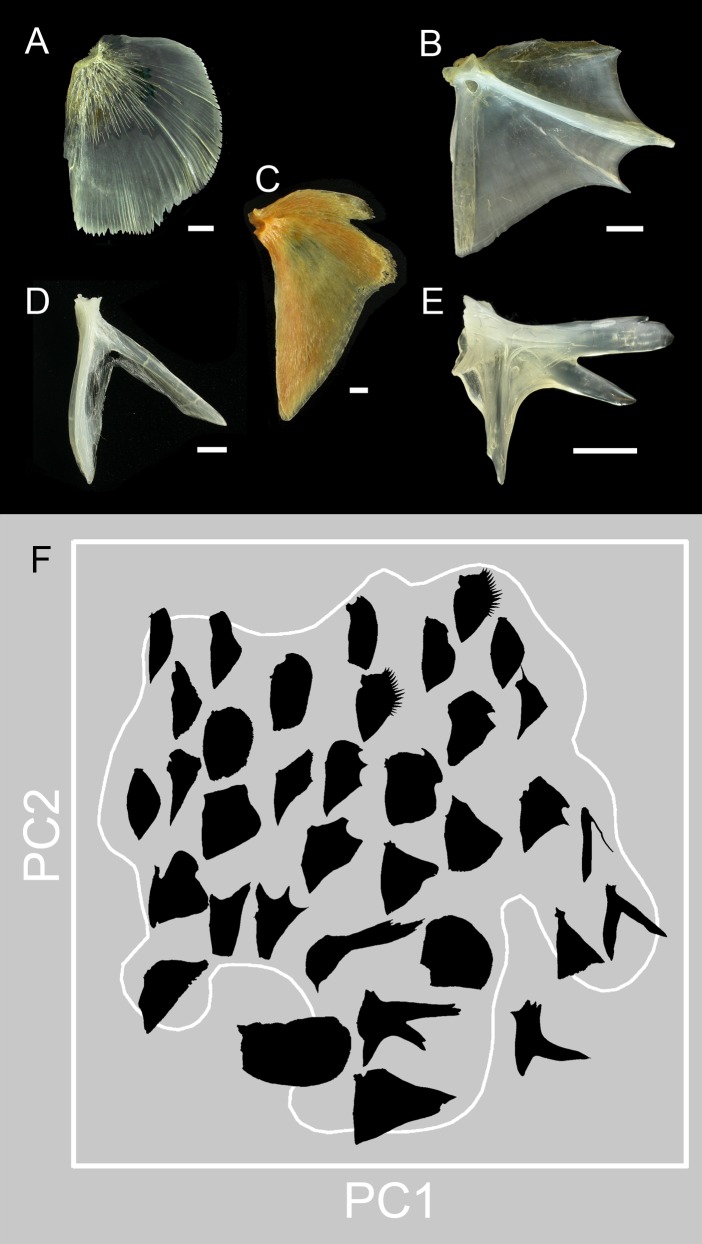Fig 2. Opercles (OPs) show exceptional morphological diversity across species and families.
A Salmon, Oncorhynchus gorbuscha, family Salmonidae, B sand bass, Paralabrax nebulifer, Serranidae, C reineta, Brama australis, Bramidae, D batfish, Dibranchus atlanticus, Ogcocephalidae, E toadfish, Opsanus tau, Batrachoididae. All of these examples show teleosts, and all but A are spiny-ray finned neoteleosts, acanthomorphs. Scale bars: 5 mm. F Principal component ordination arranges the OPs in a morphospace according to their shapes. The presentation emphasizes the exceptional variation we encountered in this survey. Here the bones, presented as silhouettes, are stripped of all of their distinguishing features (the location of the joint socket, presence of struts crossing the bone, outgrowth incremental banding pattern, density of Alizarin Red staining) except their shapes. We selected the examples to show the spread and mapping across the PC1 by PC2 morphospace. The white outline surrounding the occupied region of the space, the ‘landscape’, was made from nonparametric density contours. See text and Fig 3).

